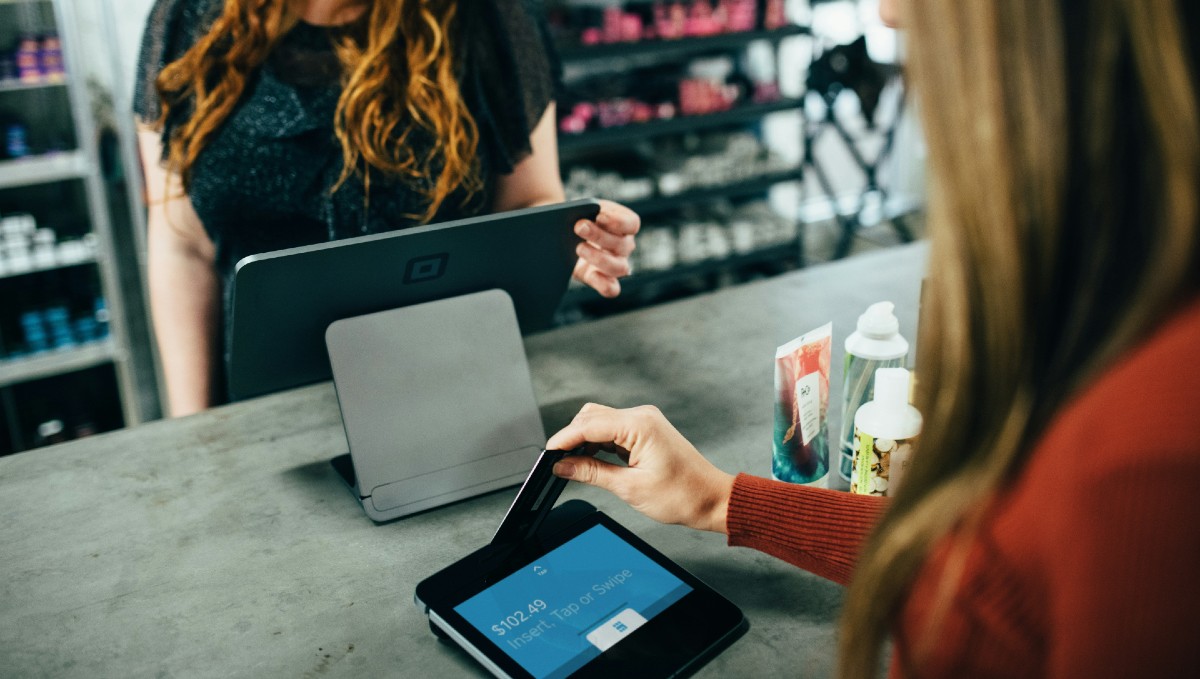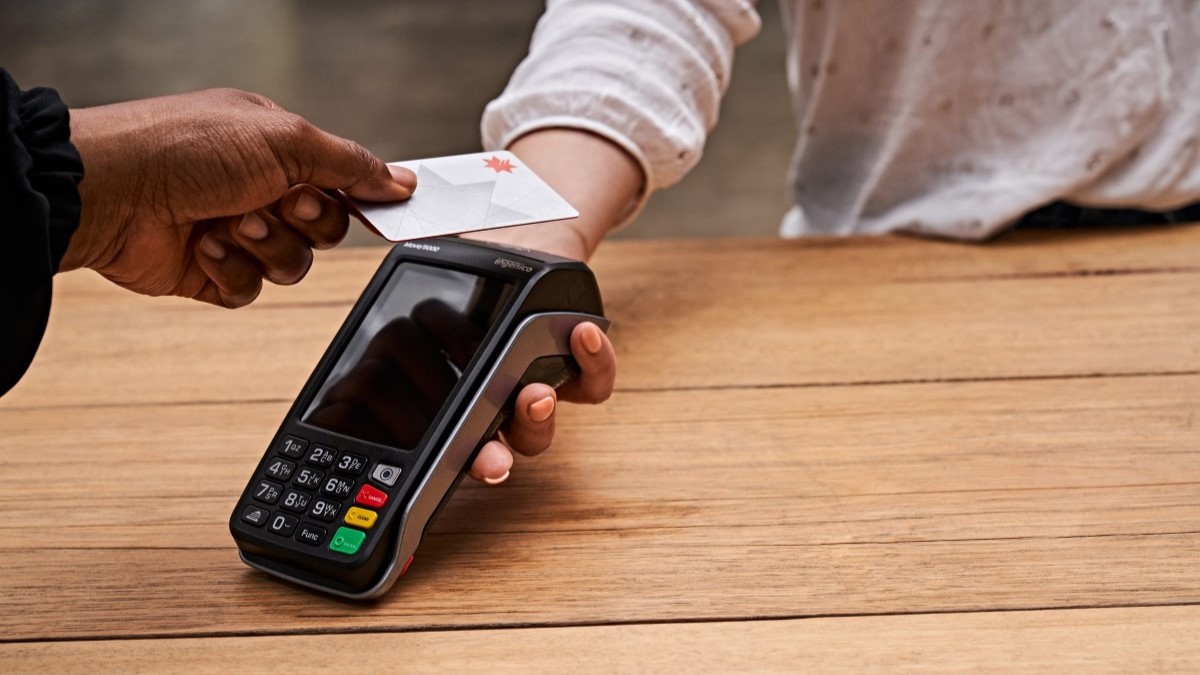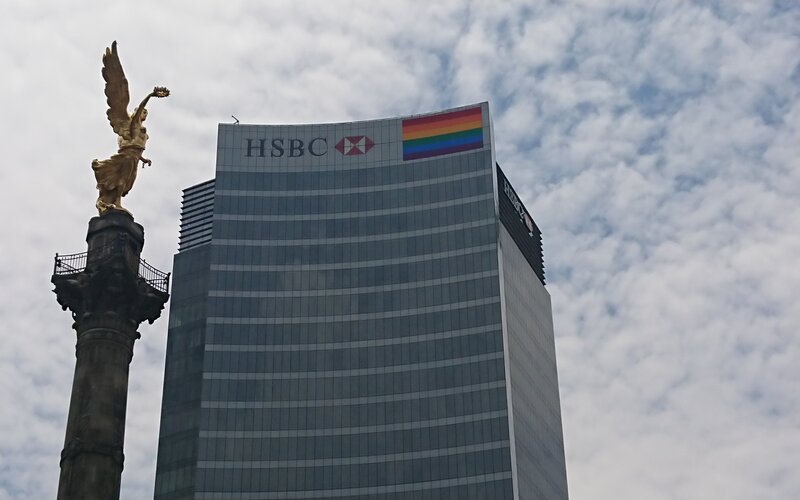The Australian dollar copped it big time in 2018, falling roughly 10% against the US ‘greenback’ which is more than any other G10 currency.
For context, the AUD/USD sat at 79 cents at close on February 14 2018 – it now sits at about 71 cents.
HSBC currency strategist Tom Nash predicts that the dollar will further fall to a post-GFC low of 66 cents, thanks to “deteriorating local economic factors” and the fallout of a potential credit crunch.
“While the risks around [factors outside of Australia] appear to have receded for now, this may be masking the growing risks from the second, which is gathering momentum and deserves more attention,” Mr Nash said.
“The deceleration in the flow of housing credit has been evident since at least early 2018 but has only recently come into focus due to a flurry of weakness in indicators of domestic demand.”
“[These indicators include] a weaker-than-expected Q3 GDP print, the biggest monthly drop in surveyed business conditions since the Global Financial Crisis, a 22.5% year-ended fall in building approvals and monthly retail sales that turned negative in December, confirming two soft quarters of consumer spending.”
An increasing number of economists forecasting that the RBA could cut interest rates by at least 25 basis-points by the year’s end, and Nash believes our dollar will bear the brunt for the rest of the economy.
“In the ugly contest of G10 FX, we still think the AUD looks unattractive versus the higher carry and reserve currency status of the USD,” he said.
“Our forecast remains for AUD/USD to trade down to post-crisis lows of 0.6600 by year-end.”
What does this mean for travellers?
While the falling Aussie dollar has some positive effects on our economy, it also has the potential to hurt people’s bank accounts, especially if they plan on using their credit card overseas.
If the dollar falls against the currency of a country someone is travelling to, it becomes more expensive to exchange their money into foreign cash.
Plus, they’ll also have to pay more in currency conversion fees on purchases made using credit and debit cards – these fees usually average at around 2% on cards that have
The drop in the Aussie dollar against a foreign currency could be avoided by exchanging money now onto a travel money card, thereby locking in today’s exchange rate.
Of
For feedback or queries, email will.jolly@savings.com.au



 Harrison Astbury
Harrison Astbury
 Denise Raward
Denise Raward


 Rachel Horan
Rachel Horan